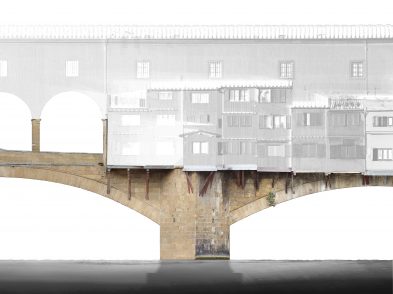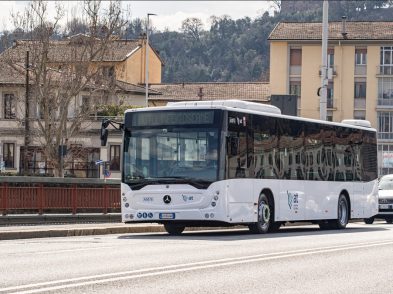Twenty years ago, on May 27, 1993, at about 1am, an explosion echoed throughout the city of Florence, from a car bomb intended to damage the Uffizi Gallery. The deadly explosives were placed in the white Fiat Fiorino van, which had been stolen from via della Scala the evening before. The van was parked under the Torre dei Pulci in via dei Georgofili.
Five people died in the blast and another 60 were injured. The five that lost their lives were Fabrizio Nencioni, 39; Angela Fiume, 36; Nadia Nencioni, 9; Caterina Nencioni, just 50 days old; and architecture student Dario Capolicchio, 22. The Nencioni family lived in the fifteenth-century Torre dei Pulci. Fiume was a live-in custodian of the Accademia dei Georgofili, the world’s first learned society of agronomy and scientific agriculture, and lived in the tower with her husband, Fabrizio, and two children, Nadia and Caterina.

Placed by the Sicilian mafia, the Cosa Nostra, the bomb was meant to cause irreparable damage to the Uffizi Gallery, the very heart of the Italian Renaissance and an Italian and international centre of culture and the arts. The Cosa Nostra’s involvement in the Georgofili massacre was confirmed in July 1993, after other bombs were set in Milan and Rome (for details, see TF 164 and 67).
In addition to the lives taken, the explosion caused one million dollars in structural damages to the Uffizi. Only three minor paintings were completely destroyed, while 200 more artworks both on display and in the deposits, among them 150 paintings and 50 sculptures, were damaged.
In 2004, a centuries-old olive tree was placed in front of the Accademia dei Georgofili as a living memorial to the victims of the massacre. The tree bears a plaque in Italian and 10 other languages, wishing that ‘all passersby will remember the barbaric act that took place on May 27, 1993 and all those that suffered will be in our minds and hearts.’
Each year, on May 27, the City of Florence commemorates the event and the lives lost. This year, in addition, a series of events will commemorate the 20th anniversary of the massacre.
On May 26, the Uffizi Gallery, together with the Friends of Florence (www.friendsofflorence.org), will unveil a specially commissioned statue, which will be placed some 20 metres above ground on the wall of the Uffizi Gallery facing via dei Georgofili. Made by Tuscan artist Roberto Barni, the 2-metre tall statue in bronze is entitled I Passi d’Oro will be presented to the public at noon, in the Salone de’ Cinquecento, with president of the Italian Senate Pietro Grasso and members of the Association of Relatives of the Victims of via dei Georgofili (www.strageviadeigeorgofili.org) in attendance.
On May 26, entrance to the Uffizi will be free from 7pm to 11pm (last entry), with the gallery open until 11:30pm. Free guided visits will focus on the effects of the explosion on the building and the artworks damaged.

To express solidarity with a recent criminal attack on culture, the same evening the Uffizi will be collecting funds for the reconstruction of the Città della Scienza in Naples, recently destroyed in a fire allegedly set by the Neapolitan mafia, the Camorra (see TF 179). The bar in the Uffizi, run by the Bartolini family, will also donate the proceeds of all sales that evening to the Città della Scienza.
On May 27, at 9am, 600 students from Florence’s elementary, middle and high schools will hold hands, creating a human circle around the Uffizi, in the Girotondo degli Uffizi, in honour of the bomb’s youngest victim, Caterina Nencioni. For more information, see http://girotondopercaterina.blogspot.it.
Also marking the 20-year anniversary of the event, the Italian news agency ANSA will present an exhibit in Palazzo Vecchio’s Cortile di Michelozzo, featuring 50 large-format photographs, of the aftermath of the bombing and the area today. The exhibit, entitled 27 maggio 1993: La notte dei Georgofili, will open on May 26 and end on June 1, 2013. It will then tour Italian high schools to educate the country’s youth on this dark moment in Italy’s recent history. (For details, see www.ansa.it.)







